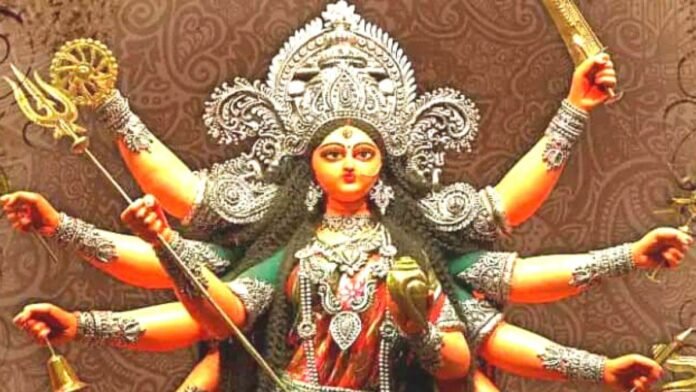Navratri is a vibrant and significant festival celebrated with immense zeal and devotion by Hindus across the world. This nine-night festival is dedicated to Goddess Durga, who is believed to bless her devotees with strength, courage, and protection from evil forces. One of the most essential aspects of Navratri is Ghatasthapana, the ritual of setting up the sacred Kalasha or pot, marking the beginning of this auspicious celebration. In 2023, Navratri will commence with Ghatasthapana on October 3rd, and it is crucial to understand the rules, dos and don’ts, shubh muhurat (auspicious timing), and rituals associated with it.
Ghatasthapana and Its Significance
Ghatasthapana, also known as Kalash Sthapana, holds great significance in Navratri. It symbolizes the arrival of the Goddess and the creation of a powerful energy source within the Kalasha, which is believed to attract divine blessings. Ghatasthapana is performed on the first day of Navratri, and the Kalasha remains a focal point for daily prayers and rituals throughout the festival.
Rules for Ghatasthapana:
- Selection of Kalasha: The Kalasha, or pot, should be made of copper, silver, or clay and must be decorated with mango leaves, coconut, and red cloth. It represents the Goddess herself, and it’s essential to choose it carefully.
- Location: Ghatasthapana should be done at a clean and sacred place, typically in the puja room or a dedicated area within the home.
- Preparation: Cleanse the chosen area and the Kalasha. Place a small bed of sand in the Kalasha and sow seven types of grains or seeds as a symbol of life and fertility.
- Timing: The Ghatasthapana must be done during the shubh muhurat, which usually falls in the Pratipada Tithi (first day) of Navratri. It’s best to consult a priest or a reliable Panchang (Hindu calendar) to determine the precise timing.
- Mantra and Prayers: While establishing the Kalasha, chant relevant mantras and offer prayers to invoke the Goddess into the Kalasha.
- Daily Rituals: Once the Kalasha is established, it becomes the focal point of your daily Navratri rituals. Watering it, offering fresh flowers, lighting incense, and reciting prayers are customary.
Dos and Don’ts:
- Do: Keep the Kalasha in a clean and undisturbed place throughout Navratri. Perform daily aarti (worship with lamps) and offer prasad (sacred food) to the Goddess.
- Don’t: Avoid moving the Kalasha once it’s established. Refrain from neglecting daily rituals, as they are essential to maintaining the divine energy.
Shubh Muhurat for Ghatasthapana 2023:
In 2023, the shubh muhurat for Ghatasthapana falls on October 3rd. The precise timing can vary based on your geographical location. Consult a priest or a reliable Panchang for the exact timing in your region.
Rituals During Navratri:
Navratri involves a series of rituals, fasts, and celebrations that continue for nine days and nights. Devotees observe fasts, visit temples, perform Garba and Dandiya dances, and participate in various cultural events. The Goddess is worshipped in her various forms, including Durga, Lakshmi, and Saraswati.
Navratri is not just a religious celebration but a time for self-reflection, spiritual growth, and seeking the blessings of the divine. Ghatasthapana, in particular, marks the beginning of this spiritual journey and sets the tone for the entire festival.
As you prepare to celebrate Navratri and perform the Ghatasthapana ritual, remember to do so with purity of heart and devotion. May this Navratri bring prosperity, happiness, and spiritual growth to you and your loved ones.

